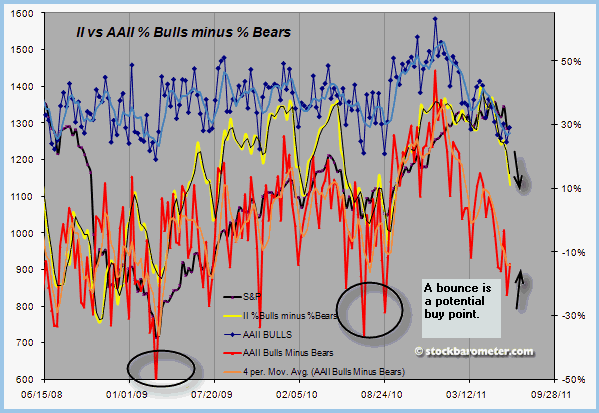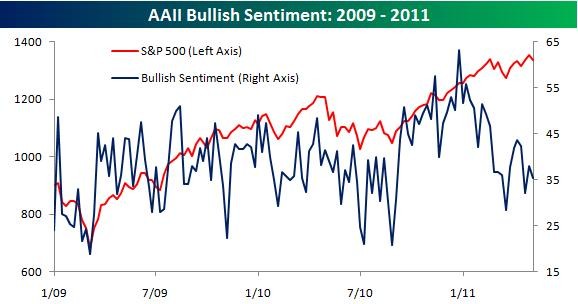AAII The American Association of Individual Investors
Post on: 20 Июнь, 2015 No Comment

by Patrick O’Shaughnessy
Imagine that you could rewind time to age 20. What investing lessons do you wish the 20-year old version of yourself knew at the time?
This is an important question to ask as a new generation starts their investing careers. For younger investors, learning the key points of a successful investing plan can mean the difference between a comfortable retirement and an exemplary one.
We tend to leave high school and college woefully undereducated on the topics of money and investing, but I think that convincing young people of three key lessons early on is a great place to start. Young investors can achieve impressive results if they learn to:
- Start as young as possible,
- Build a unique portfolio, and
- Take steps to keep their emotions in check.
This article will explore each of these three lessons, with an emphasis on building a unique portfolio using AAIIs Stock Investor Pro fundamental stock screening and research database program.
Starting Young
As I write this, I am 29 years old. My age cohortthe millennial generation born between 1980 and 2000faces obstacles that did not threaten our parents or grandparents. The main problem is that as a country we are getting older while at the same time taking on more debt. An aging global populationand the commensurate burden on governments to support that populationmeans that millennials may have to be more financially self-reliant than their parents.
Here are some concerning trends that should make millennials take notice. The personal savings rate has fallen over the decades, from 12.2% in 1967 to 5.4% in 2014. At the same time, the American government has spent a larger and larger percentage of its total budget supporting its citizens in retirement, primarily through Social Security and Medicare. These two programs accounted for 16% of the budget in 1967, but represented 35% in 2012. We are saving less and less while the government supports us more and more.
The problem for millennials is that the costs of these support programs is directly tied to our countrys demographic trends. An older population is much more expensive to support, and we are getting much older. In a few decades, the median age in the United States will be similar to the median age in Florida today. Compounding this problem is the fact that we will have far fewer working-age people (i.e. those paying income taxes) to support each retiree. In 1960, there were six workers per retiree. Today there are about four. When millennials reach their prime earnings years, there will only be two workers per retiree. All of this means that we may not enjoy the same support in our retirement as current retirees do. To soften that potential blow, we should build up our own portfolios as soon as we can.
While these obstacles are important and significant, millennials also have formidable advantages. My generation can access global markets at very low cost and with very little effort. If we were to simply buy index funds, we could build a global portfolio for virtually zero cost. And as we will see, there are even better options than global index funds.
We also still have the most impressive investing advantage of all: youth itself. This edge is bestowed on every new generation, but the sad paradox is that while we should care the most about investing when we are young (that is, when our dollars have the most potential), we tend not to care until much later in life, when retirement is visible on the horizon. This is often because of a lack of basic education about markets and investing, a void that I am trying to fill for young investors with my book Millennial Money: How Young Investors Can Build a Fortune (Palgrave Macmillan, 2014).
Discussion
Susie Jacobsen from WA posted 4 months ago:

This compares very favorably to the Trending Value Portfolio from O’Shaughnessy’s What Works on Wall Street book. Per page 589 of that book, the Trending Value averaged 24.16% per year starting in 1973 (the same year quoted in this article; I just plugged the annual data into Excel).
Has anyone tried the screens from this article yet? I’m wondering how difficult it is versus the Trending Value Portfolio. After a lot of work, we were able to use a screener and Excel to duplicate the Trending Value Portfolio and have been using it.
Paul from TX posted 4 months ago:
A crucial detail has been omitted. How does one rebalance the portfolio? For example, the Shadow Stock portfolio has one sell when a company has reached a certain market capitalization. When do you sell one of the 25 millenial stocks? How do you re-invest the proceeds — buy newly qualifying stocks, the current highest rated stock, etc?
Charles Rotblut from IL posted 4 months ago:
Paul,
Here is the response from Patrick:
The strategy is based on a once per year rebalance. It can be traded once per year (with short term losses traded on day 364 and everything else on day 366 for tax purposes) or traded in tranches if the portfolio is larger and the investor wants a smoother, less lumpy rebalance process. In that case, the investor can trade quarterly or semi annually, treating each tranche as a separate portfolio and trading one of the four (quarterly) or one of the two (semi annually) at a time.
Susie Jacobsen from WA posted 4 months ago:
Paul, here is something to consider. Patrick, the author of this article, recently posted an article showing that the highest return (when using his value composite) occurred when the portfolio was split in 12 equal parts (one for each month) with the 5 top stocks being bought each month. Assuming no duplication, that would give the investor 60 stocks. Of course, there would occasionally be some duplication from month to month.
The strategy with the highest Sharpe Ratio resulted from buying 15 stocks each month instead of 5.
www.millennialinvest.com/blog/2014/11/5/how-concentrated-should-you-make-your-value-portfolio
Arobindo Dutt from Arizona posted 4 months ago:
This is an excellent article. Recently I read a book, Titled: The little book that Beats the Market by Joel Greenblatt. The investment ideas given in this article runs parallel to the book. It would be good for the readers if the author gives reference to programs which one could use by prescribing limiting parameters. I am struggling to find one.














